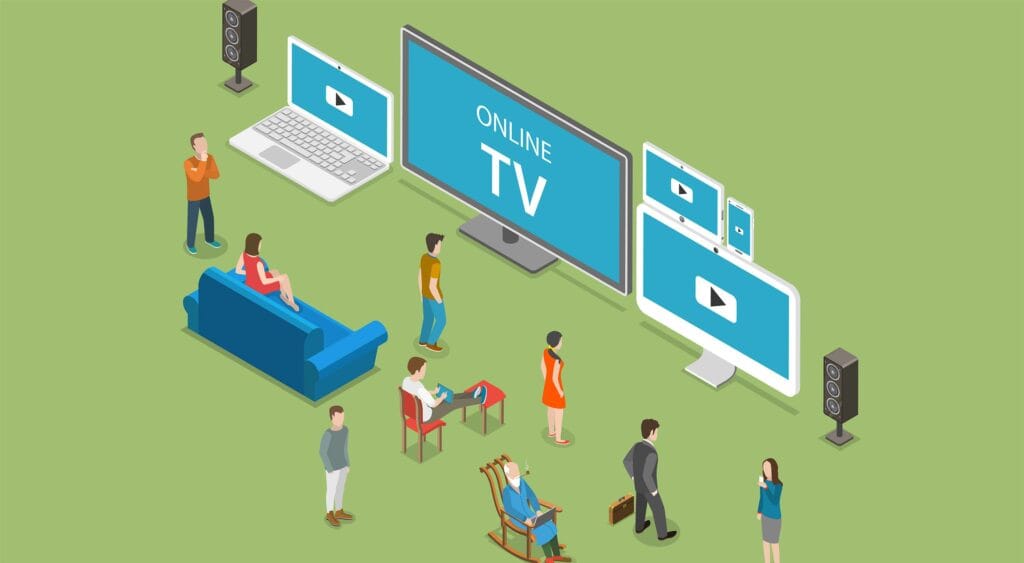If you’ve ever wanted to play digital media content right from your browser on your TV—without the need for an extra browser extension to make this happen, now’s the time to get excited. For the first time ever, people will be able to project their favorite TV shows and movies from the web directly to their TVs with the simple selection of the Cast option, found in Chrome 51’s new dropdown menu.
Chromecast is Google’s line of digital media players, think of them as mere dongles, that allow users to beam audio and video content from the web and their smartphones straight to their TVs. Cast-enabled monitors can also display the Wi-Fi-streamed content.
What makes this change significant is that Google manufactures both the software and hardware of this Cast technology: the browser and its content and the physical dongle that you plug into your TV or Cast-enabled monitor. However, people always had to rely on a browser extension to make this Google service work, which begged the question of why Google just didn’t do everything itself?
Now it is, thanks to the arrival of the Cast option within Chrome beta.
If you’re interested in exploring this new Chrome functionality, try to update your Chrome browser to version 51. Of course, that may be a problem for some users since Google is notorious for rolling out new features slowly, over time, so you may just have to wait until the update rolls around to you.
Google is also streamlining the delivery, which lets Chrome control the parameters on its own. Users benefit from this because they won’t be asked anymore whether they want to tweak the settings for various things like the resolution, quality of the cast, and bitrate. All that’s done automatically by Chrome.
That’s not all, though.
The company’s chat feature, Google Hangouts, will be able to receive casts, too. Appropriately named, Cast to Hangouts was actually first identified in May, but now it appears to be rolling out completely to a stable release.
Reports say that Cast to Hangouts comes with at least one noteworthy feature that’s unexpected, but also helpful. It actually scans your calendar to see if you already have any earlier scheduled Hangouts. Another interesting feature is the ability of users to share their tabs or desktops right to Hangouts. This ends up working as a sort of de facto screenshare, except there’s no audio that’s included. Users should take note that, to make this work, they’ll have to first have “cloud services” turned on.
When it comes to the availability of casting for Hangouts, it’s not much better than the gradual rollout of Chrome’s Cast option. Projections say that it’s going to be available for Chrome 52, but nothing is set in stone, one way or another.
